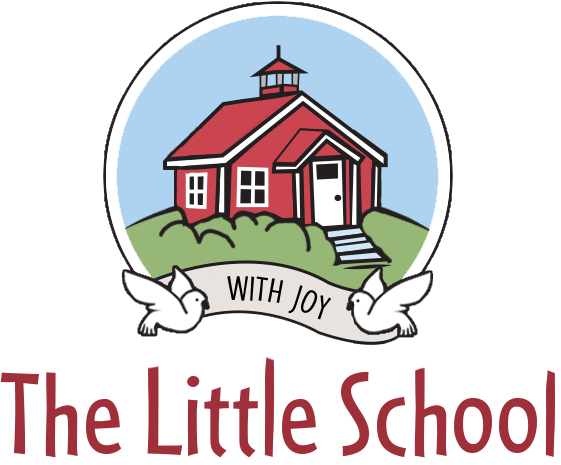

A Brief History
The Reggio Approach derives its name from its place of origin, Reggio Emilia, a city located in Northern Italy. Reggio Emilia schools began in 1945 after WWII. One of the first areas of reform after the devastation of the war was the creation of schools for the town’s children. The parents, teachers, and community physically built and ran the schools. The schools created jobs and allowed the men and women to go back to work. This led to the creation of the program based on principles of respect, responsibility, and community through exploration and discovery. This takes place in a supportive and enriching environment through a self-guided curriculum focused on the interests of the children. The Reggio Approach was founded by Loris Malaguzzi on the fundamental aspects of the work of Dewey, Piaget, and Vygotsky, founders of early childhood development.
About the Reggio-Emilia Approach
- The Reggio-Emilia Approach is not a recipe - It is an educational experience.
- Reggio-Emilia embraces the search for answers to life beginning at birth and sees the full potential in each child.
- Educators help develop the cognitive map within each child.
- Children are allowed to follow their own interests.
- The child is an active participant in learning and is a competent protagonist and initiator who interacts with their environment.
- The environment is the third teacher.
- The teacher, parent, and child are collaborators in the process of learning.
- Learning should be made visible through documentation.
- Teachers use a variety of documentation methods, such as cameras, tape recorders, and written observations, to track children’s thoughts and ideas as they play together or work with materials.
- Documentation shows learning that occurs in an individual moment throughout the course of a project.
- Children’s individual growth and learning are compiled into personal portfolios. These portfolios may include photographs, quotes from the child, teacher observations, artwork, and writing samples.
Principles
- The Image of the Child
- Children are viewed as competent, curious, full of knowledge, and interested in connecting to the world around them.
- Teachers as Partners
- Teachers are viewed as facilitators of children’s learning experiences. As partners, they listen, document, challenge, and organize children’s learning in a collaborative relationship with other colleagues.
- An Emergent Learning Process
- Ideas are shared, work is exchanged and opportunities are created to extend and build upon theories that are uncovered. In this way of working, projects may occur which last days or months.
- The Role of Parents
- Parents are an essential component of the school. They are an active part of their children’s learning experiences and help to ensure the welfare of all the children in the school.
- The Role of the Environment
- The environment serves as another teacher through the conscious use of space, color, light, displays of children’s work, and attention to nature and detail.
- Many Languages
- Children act on a variety of materials: clay, wire, drawing media, paper, etc. They learn the ABC’s of each material which they use to express their ideas, theories and feelings about the world in which they live.
- The Three Subjects of Education
- Children, parents, and teachers have rights: 1) the right to safety, care and welfare, 2) the right to be involved, and 3) the right to grow professionally.
- Collaboration and Interaction
- Children, parent and teacher collaboration, and interaction make everything possible.
- Documentation
- The learning process between children and teachers is captured, made visible, and then shared in order to support wondering, researching, and learning among teachers and children.
- Time
- Time is influenced by the interests and activities that children bring to life within the school. This in turn impacts schedules, groupings, and routines.
The Hundred Languages of Children
This poem by Loris Malaguzzi, the founder of the Reggio-Emilia approach, beautifully conveys the important roles imagination and discovery play in early childhood learning...

The child is made of one hundred.
The child has a hundred languages.
A hundred hands, a hundred thoughts,
A hundred ways of thinking, of playing, of speaking.
A hundred, always a hundred ways of listening,
Of marveling, of loving.
A hundred joys for singing and understanding.
A hundred worlds to discover,
A hundred worlds to invent,
A hundred worlds to dream.
The child has a hundred languages
(and a hundred hundred hundred more),
But they steal ninety-nine.
The school and the culture
Separate the head from the body.
They tell the child:
To think without hands, to do without head,
To listen and not to speak,
To understand without joy,
To love and to marvel only at Easter and at Christmas.
They tell the child:
To discover the world already there
And of the hundred they steal ninety-nine.
They tell the child:
That work and play, reality and fantasy,
Science and imagination, sky and earth,
Reason and dream,
Are things that do not belong together.
And they tell the child that the hundred is not there.
The child says: No way. The hundred is there.









